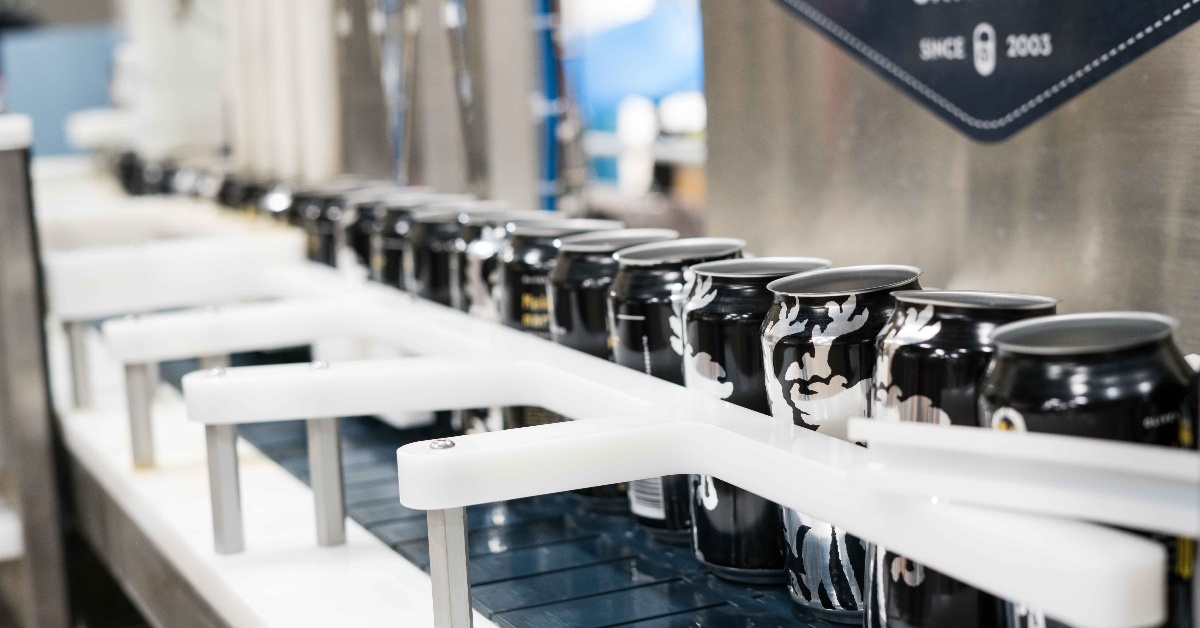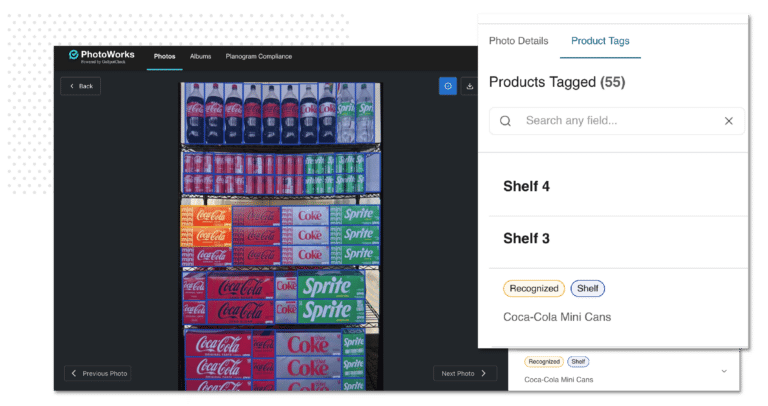It’s the kind of call you dread getting: a customer still hasn’t received their latest shipment, and it’s days past the deadline in your contract. Disappointed in your performance, they’re taking their business elsewhere.
You start to think back on how this could’ve been avoided and recall the very first report of a problem from the factory floor. Didn’t you take every precaution to keep this sort of thing from happening?
Let’s face it: it’s tough to make lasting quality improvements when you’re also trying to meet production quotas. Can you sacrifice even an hour planning out a new CAPA process when you’ve got a backlog of inspections for products that ship out today?
Turning everyday CAPAs into long-term growth is a process that takes time, resources, and focus. However, once the CAPA optimization ball is rolling, it just keeps gathering momentum.
Here are four steps that will help you make everyday CAPAs a continuous catalyst for growth and long-term efficiency:
1. Be more proactive
It’s easy to get stuck on the “corrective” part of “corrective and preventive actions.” After all, you don’t want to send defective or unsafe products to your customers. Shipping low-quality or defective merchandise is detrimental to your reputation, and damage control can be costly.
However, focusing entirely on correcting issues can create more work for you down the road. Ad-hoc corrections might get this week’s shipment out without any issues, but what about next month’s? Instead of only preventing problems from reaching your customer, locate the root cause and prevent them from happening at the source.
There’s a big difference between making one customer happy and permanently improving the way you create products. If it’s possible to pursue, identify, and remedy a nonconformity’s root cause, you should. Keeping products free from problematic processes both ensures better quality and lowers the time spent making corrections.
The best way to ensure you’re taking a more proactive approach is to define and enforce CAPA processes in your organization carefully and consistently. Create clear escalation paths and logic-based workflows that tell workers exactly what proactive steps to take. Automating workflows can help you easily assign supervisors as stakeholders in preventing future issues, and we’ll talk more about that in the next section.
2. Eliminate human error
If you can’t precisely define what CAPAs are within your organization, they’re bound to be over- or under-utilized. Work staff who know what a good product looks like will keep your output free from defects. But, they may not have a clear idea of how to escalate issues or make decisions about “gray areas” that arise.
To quote a quality management document for medical device manufacturers, “The concept of corrective action and preventive action has been incorrectly interpreted to assume that a preventive action is required for every corrective action.” Later in that guide, the writers assert that the source of an issue should directly influence the actions you take and the path of escalation. If the data doesn’t support taking preventive action, don’t.
Sounds pretty simple, right? However, without a specific and carefully defined CAPA process, you could end up wasting time and resources pursuing every loose end. Most of the time, there’s no single culprit behind an issue. That’s why setting up logical workflows that eliminate the need for human involvement are crucial to keeping CAPAs useful and consistent.
At FORM, we’ve helped many companies automate their CAPA processes with mobile forms that guide workers through each step. Instead of relying on a worker’s personal assessment of a situation, logic-based forms show them precisely what to do next. This eliminates the need for human decision-making by automatically escalating and classifying CAPA tasks in real time.
3. Set realistic deadlines
Setting arbitrary deadlines is a recipe for disaster. If you set your window for corrections based on production deadlines, you’re doing a disservice to your team and your customer. Tight time frames mean QA has to happen faster, making it more likely that your customer receives lower quality products. However, if you set a time frame that is too generous, higher-priority jobs will push those CAPAs to the bottom of a lengthy backlog.
There are many approaches to handling CAPAs, and your method should depend on the type of problem you’re trying to resolve. That’s why it’s essential to gather evidence from as many sources as possible when investigating an issue. Exhaustive data collection will give your workforce the insight to both identify the origin of a problem and the oversight to set an accurate time table.
To help you set more realistic time frames, make frontline managers stakeholders in corrective processes. Set up a task management workflow that assigns a manager as the owner of each CAPA task, notifies them of all the data collected so far, and keeps them up to date on the status. When unforeseen variables arise, managers close to the problem know what it takes to deliver on time and can adjust accordingly.
As your CAPA process takes shape, you’ll end up collecting enormous amounts of data: the average time to resolve specific issues, which product tends to see more defects, and so on. This information is vital to long-term your CAPA strategy because it reveals how much impact those corrections have had—and whether they’re actually going to stay that way.
4. Evaluate your process
Evaluating the long-term effectiveness of your CAPAs should be baked directly into your process. There’s not much use in attempting preventive actions if you can’t measure results. So, make sure that you’re always collecting data about how problems occur and how you solve them.
Each CAPA task is intrinsically valuable thanks to the data it creates. Even if it’s a one-off correction, a corrected issue can tell you a lot about how well your team communicates, identifies, and handles issues. Finding weak points both in your production process and in the ways you resolve problems can give you unprecedented insight into your company’s efficiency.
To make your CAPAs inherently transparent, add a final step in your corrections workflow with a retrospective assessment. Gather specific and meaningful information on CAPA optimization:
- How long did it take to complete the corrective action?
- If the completion date went past the deadline, why?
- How much did it cost to fix the problem (including the cost of salaried time)?
- Was a preventive action taken? Why or why not?
Additionally, you should include periodic CAPA analysis and review sessions in your strategic calendar. Ask the tough questions about your CAPA program: Is a specific type of issue recurring despite continuous corrective and preventive actions? Are preventive measures proving to be flimsy filler rather than firm foundations? If so, it may be time to aim a CAPA at the way you handle CAPAs!
Conclusion
Oversight is key in maintaining well-optimized CAPAs in your organization. Start by focusing on a few key measurements and sticking to them. While it may seem like a good idea to judge your progress by every available statistic, this often makes it harder to understand which initiative is linked to which result.
FORM has helped many companies keep data clear, concise, and actionable using customizable analysis tools like business intelligence Dashboards and reporting. To learn more about how FORM can help improve your organization’s CAPAs, request a FORM pilot today.








